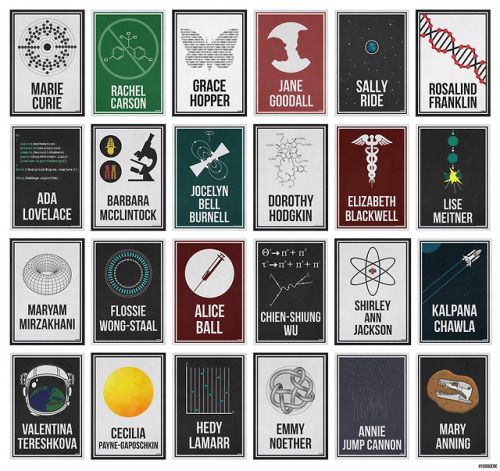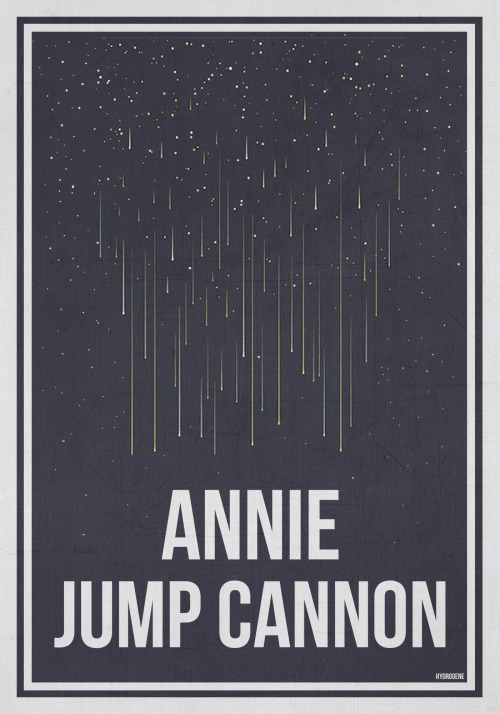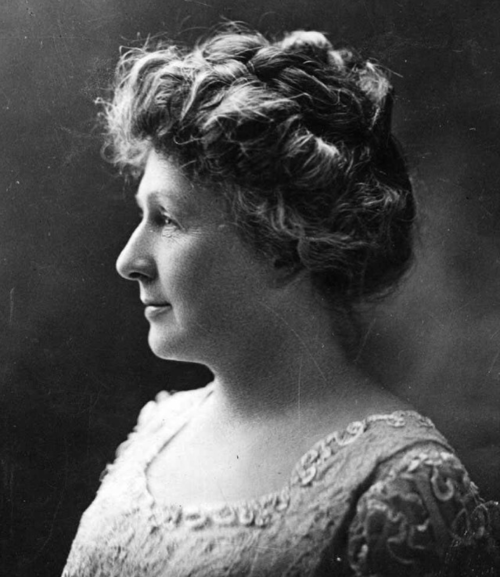#annie jump cannon
Annie Jump Cannon -Women Who Changed Science. And The World.
Astronomer whose cataloging work was instrumental in the development of contemporary stellar classification.
Post link
Star Women
Tees and hoodies now available in my shop. :)
Created by Pacalin
Three astronomers who changed our understanding of the stars…
Henrietta Swan Leavitt developed a system for measuring distances in the cosmos by tracking the luminosity of stars. Annie Jump Cannon classified hundreds of thousands of stars, and her system is still in use today. Cecilia Payne found the temperature scale of stars by understanding the abundances of hydrogen and helium in them, and her ’Stellar Atmospheres’ is widely acknowledged as the most brilliant Ph.D. thesis ever written in astronomy.
Post link
The Harvard Computers (Hint: They were women, not machines!)
Today is the birthday of Annie Jump Cannon, born December 11, 1863, known as one of ‘Harvard’s Computers’. She is credited along with Edward Pickering as the creator of the Harvard Classification Scheme which remains the foundation of today’s stellar classification system.
One of a dozen women hired by Pickering to do the hard work of identifying, classifying and cataloging hundreds of stellar objects, Cannon distinguished herself as the brightest of the bright and rose finally to a full professorship before her death in 1941. Pickering hired the first of his ‘computers’ in a pique of frustration, noting that his maid could probably do better work than he was getting from his students. Indeed, he hired his maid, Williamina Fleming, who became the first of his ‘computers’ and quickly distinguished herself. Pickering was pleased enough with her work (and lower wages) that he soon built a team comprised entirely of women to compose the catalog. Cannon was hired a little later to oversee a catalog of the southern skies. While no eponym celebrates her name, her contribution (along with the remaining group at Harvard) as well as the countless women throughout history to impact science, math, politics and all human endeavor, today we remember and say Happy Birthday. A true gifted scientist and true pioneer, gone but not forgotten. As in most human endeavors, nameless and tireless women support the work of more celebrated men with little or no credit. Newton said of his work: ’If I have seen further it is by standing on the shoulders of giants.’ Today we acknowledge that many of those giants were and are women.
Image currently in the public domain courtesy New York World-Telegram and the Sun Newspaper.
Today’s post is for hb-she does twice the work and asks for half the credit. Our boys are who they are because of her.
Post link
Cosmic Alphabet Soup: Classifying Stars

If you’ve spent much time stargazing, you may have noticed that while most stars look white, some are reddish or bluish. Their colors are more than just pretty – they tell us how hot the stars are. Studying their light in greater detail can tell us even more about what they’re like, including whether they have planets. Two women, Williamina Fleming and Annie Jump Cannon, created the system for classifying stars that we use today, and we’re building on their work to map out the universe.

By splitting starlight into spectra – detailed color patterns that often feature lots of dark lines – using a prism, astronomers can figure out a star’s temperature, how long it will burn, how massive it is, and even how big its habitable zone is. Our Sun’s spectrum looks like this:

Astronomers use spectra to categorize stars. Starting at the hottest and most massive, the star classes are O, B, A, F, G (like our Sun), K, M. Sounds like cosmic alphabet soup! But the letters aren’t just random – they largely stem from the work of two famous female astronomers.

Williamina Fleming, who worked as one of the famous “human computers” at the Harvard College Observatory starting in 1879, came up with a way to classify stars into 17 different types (categorized alphabetically A-Q) based on how strong the dark lines in their spectra were. She eventually classified more than 10,000 stars and discovered hundreds of cosmic objects!

That was back before they knew what caused the dark lines in spectra. Soon astronomers discovered that they’re linked to a star’s temperature. Using this newfound knowledge, Annie Jump Cannon – one of Fleming’s protégés – rearranged and simplified stellar classification to include just seven categories (O, B, A, F, G, K, M), ordered from highest to lowest temperature. She also classified more than 350,000 stars!

Type O stars are both the hottest and most massive in the new classification system. These giants can be a thousand times bigger than the Sun! Their lifespans are also around 1,000 times shorter than our Sun’s. They burn through their fuel so fast that they only live for around 10 million years. That’s part of the reason they only make up a tiny fraction of all the stars in the galaxy – they don’t stick around for very long.

As we move down the list from O to M, stars become progressively smaller, cooler, redder, and more common. Their habitable zones also shrink because the stars aren’t putting out as much energy. The plus side is that the tiniest stars can live for a reallylong time – around 100 billion years – because they burn through their fuel so slowly.

Astronomers can also learn about exoplanets – worlds that orbit other stars – by studying starlight. When a planet crosses in front of its host star, different kinds of molecules in the planet’s atmosphere absorb certain wavelengths of light.
By spreading the star’s light into a spectrum, astronomers can see which wavelengths have been absorbed to determine the exoplanet atmosphere’s chemical makeup. Our James Webb Space Telescope will use this method to try to find and study atmospheres around Earth-sized exoplanets – something that has never been done before.

Our upcoming Nancy Grace Roman Space Telescope will study the spectra from entire galaxies to build a 3D map of the cosmos. As light travels through our expanding universe, it stretches and its spectral lines shift toward longer, redder wavelengths. The longer light travels before reaching us, the redder it becomes. Roman will be able to see so far back that we could glimpse some of the first stars and galaxies that ever formed.
Learn more about how Roman will study the cosmos in our other posts:
- Roman’s Family Portrait of Millions of Galaxies
- New Rose-Colored Glasses for Roman
- How Gravity Warps Light
Make sure to follow us on Tumblr for your regular dose of space!





